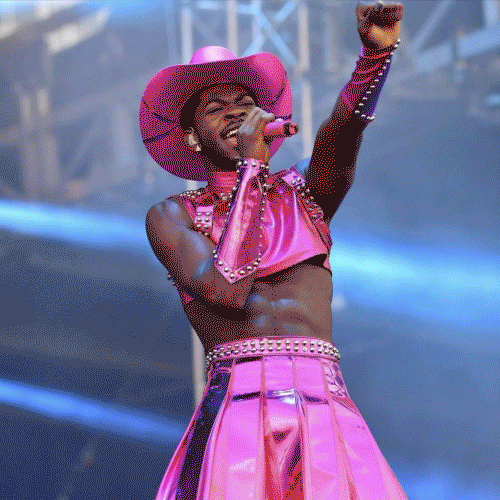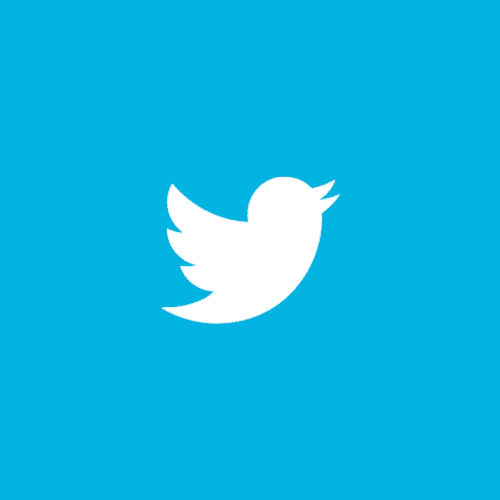The Landscape of Lesbian Spaces
Before moving to a new state, I do my research. This often involves chatting up strangers online to gain their perspective on the place that they live.
“So, how do you like Atlanta?” I asked a woman on OkCupid, a few months before moving to Georgia. “What's the lesbian scene like there?”
“The lesbian scene is...well... okay. There's a lot more stuff for the boys than the girls.”
“That's everywhere,” I said.
And it is. Recently, a long-time lesbian icon of San Francisco, The Lexington Club, closed its doors. The owner of the bar cited various reasons: rent for the venue went up; lesbians were being priced out of housing in the mission and dispersing across the bay. But from Chicago to New York to Philly to Portland, we just can't seem to keep our lesbian bars open, and gay men can.
There is plenty of speculation as to why this is. With women earning, on average, 77 cents to every dollar a man earns, a household with two men will have significantly more disposable income than a household containing two women. It also seems that lesbians tend to couple up and then never leave the house again, preferring quiet nights in with our cats and Netflix marathons, and particularly in our thirties, many of us buy homes and start popping out babies. Conversely, I'm single, I like to dance, and I like to socialize, which means that at thirty-six, I am usually the oldest woman at the gay bar, while it's common to see groups of gay men in their fifties, sixties or older out on the town. Seeing another lesbian over thirty, much less a group of them, is like spotting a unicorn.
But this lack of lesbian visibility in our public spaces can also be attributed to the gradual shift of LGBT assimilation into mainstream culture; as gays and lesbians begin to feel comfortable going to any bar or restaurant, our own flail and disappear. It feels wonderful to live in a country that is gradually becoming safer for and more accepting of the LGBT population, but is our flight from our own institutions necessarily a good thing?
As we bleed out into “straight” spaces, straight spaces bleed into ours, and across the board, the landscape of queer space is changing. Like fledgling artists flock to New York and aspiring actors to LA, San Francisco was once the mecca for gays in search of community and belonging, but is now being rapidly repopulated by tech workers who make twice the salary of the average San Franciscan. Capitol Hill in Seattle—which for fifty years has been a hot spot for queers and punk rockers—has become the playground of the rich, as again, tech workers have displaced other residents, leading to a rise of previously unheard-of gay bashings in broad daylight. The queer-as-fuck gayborhoods of West Hollywood and Greenwich Village are facing similar gentrification. And as the gayborhoods disappear, so do the businesses that serve their inhabitants.
In my opinion, throughout our history, a rather large facet of being LGBT has consisted of carving out safe spaces to express and experience who we are, and find community with others like us. Growing up in the 90s, my high school had no LGBT club, and even the goth straight boys who wore eye liner were bullied mercilessly, let alone the teens who were actually queer. In the early 2000s, we found that we had been underrepresented in the media for so long that every minor victory became a cause for celebration and a reason to come together. When Ellen Degeneres came out publicly on her TV show, my girlfriend and I held each other, weeping and laughing and cheering. When The L Word began airing on Showtime, it sparked weekly parties, where friends and even groups of strangers would come together to watch, sparking new romances and friendships; gay men did the same with Will and Grace, gathering in bars to watch the show, hushing each other to hear the punchlines. We used any chance we could get to create queer spaces and enjoy queer community with each other, but those opportunities are fewer and those spaces are dying, one by one. This year, women will be gathering on “the land” for the last time, as the Michigan Women's festival draws to a close; whether you agree or disagree with their gender policy, it's undeniable that the festival has been creating community and sense of home for lesbians for the last forty years.
The truth is that not all gays want assimilation, or benefit from it. The freedom to marry was an undeniably magnificent win for LGBT people, yet some of us aren't interested in marriage; some have opted out of nuclear families, have chosen careers or travel or unconventional relationships. And while assimilation, particularly via our new-found marriage rights, is attractive and attainable for middle class LGBT, it is less-so for trans and genderqueer people, poor queers, or people of color. For us that have opted out, or for whom this major thrust of the aptly named “gay rights movement” has conveniently excluded, community becomes that much more vital, and our friends become our family.
Yet as our spaces shrink, our collective loneliness grows. Without queer public spaces in which to make eyes at a prospective partner across the room, or butt-in on an interesting conversation with a potential new friend, we turn to the internet to meet our LGBT social needs. Craigslist personals are rife with lesbians looking not only for sex and love, but mere friendship. “Stud for stud—let's be friends!,” “Looking for my BFF,” and “Need some new homies, ASAP” are some recent taglines. Meetup.com hosts groups for Asian lesbians and Jewish lesbians and professional lesbians, BDSM lifestylers, lesbians over thirty-five, and over fifty. Tinder is popular among the twenty-something crowd, who might choose a new friend or lover with a single swipe. While it's relatively easy to make friends in our teens and early twenties, maintaining some sense of community becomes much harder in our thirties when we settle into careers, serious relationships, families. Some of us rely on a small, unchanging group of friends, or turn to hobbies or solitary activities to fill the space, or invest that much more time in our work. Yet humans are social creatures, and people need people.
As our lesbian bars disappear, and LGBT safe space in general, what will step in to replace them? As our sense of community gradually withers and dies on the vine, what will fill our own emptiness into old age? Historically, bars have been the pressure cookers that brew revolution and social change. The founding fathers plotted the American Revolution in Boston's pubs. The labor movement began in the beer halls of industrial cities. The riots at Stonewall Inn were then followed by an LGBT rights movement that was planned at gay bars across the nation. Beyond new friendships, romances, and business connections, great things are born in bars. Will we miss them when they're gone?
Archive
- February 2025
- November 2024
- October 2024
- September 2024
- August 2024
- July 2024
- June 2024
- May 2024
- April 2024
- October 2023
- July 2023
- June 2023
- May 2023
- April 2023
- March 2023
- February 2023
- June 2022
- April 2022
- March 2022
- January 2022
- December 2021
- October 2021
- September 2021
- August 2021
- July 2021
- June 2021
- May 2021
- April 2021
- March 2021
- February 2021
- January 2021
- December 2020
- October 2020
- September 2020
- August 2020
- July 2020
- June 2020
- May 2020
- April 2020
- March 2020
- February 2020
- January 2020
- December 2019
- November 2019
- October 2019
- September 2019
- August 2019
- July 2019
- June 2019
- May 2019
- April 2019
- March 2019
- February 2019
- January 2019
- December 2018
- November 2018
- October 2018
- September 2018
- August 2018
- July 2018
- June 2018
- May 2018
- April 2018
- March 2018
- February 2018
- January 2018
- December 2017
- November 2017
- October 2017
- September 2017
- August 2017
- July 2017
- June 2017
- May 2017
- April 2017
- March 2017
- February 2017
- January 2017
- December 2015
- November 2015
- October 2015
- September 2015
- August 2015
- July 2015
- June 2015
- May 2015
- April 2015








